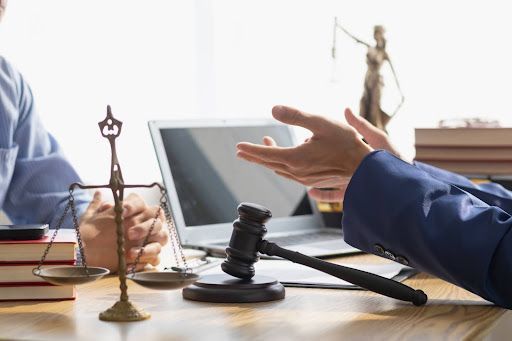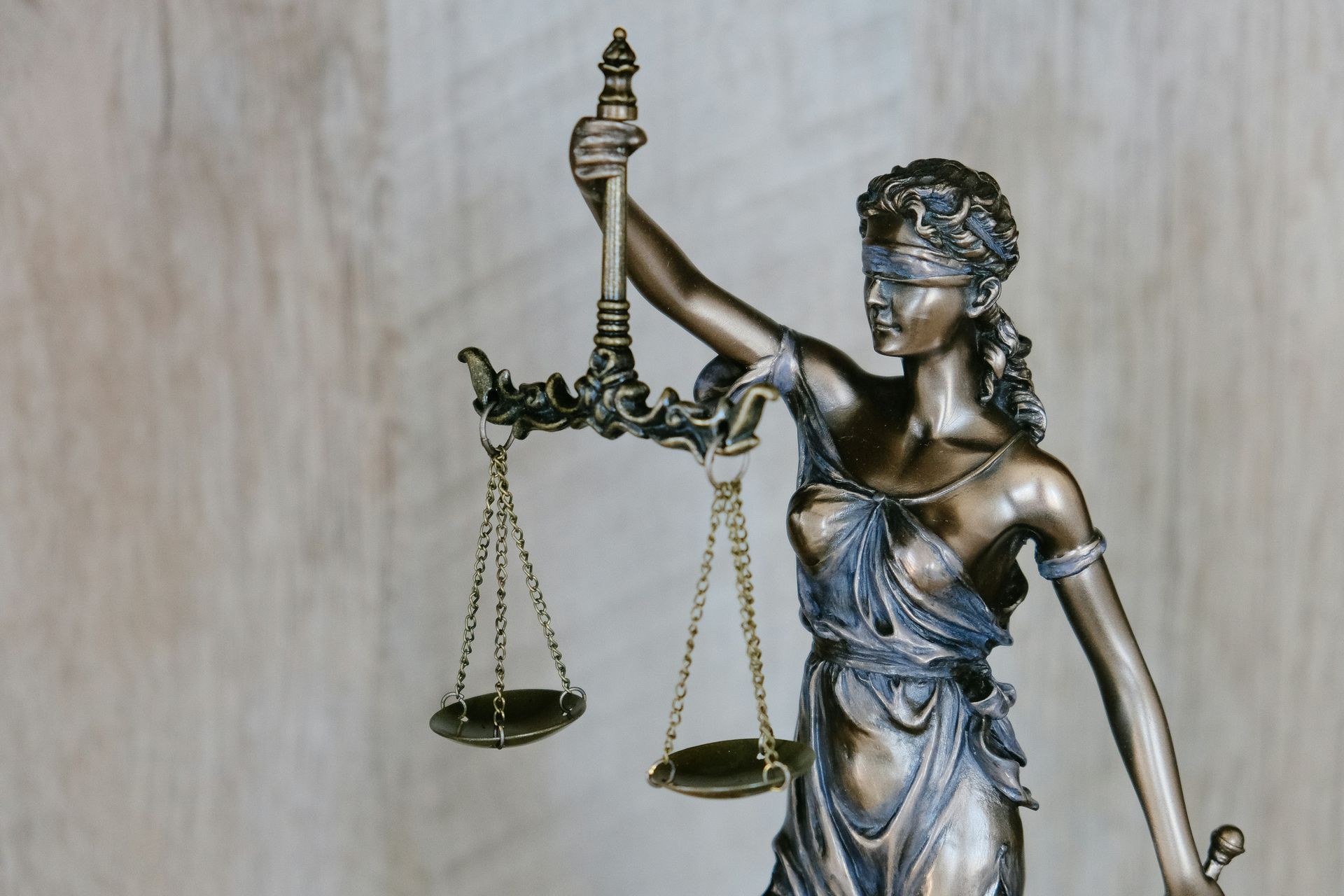A Step-by-Step Guide: How to Document Your Personal Injury Claim
When facing the aftermath of a personal injury, the importance of thorough documentation cannot be overstated. Documenting every aspect of the incident and subsequent damages is crucial in ensuring a successful personal injury claim. By following a systematic approach, individuals can significantly strengthen their case and increase the likelihood of obtaining fair compensation.
Immediate Actions After an Injury
In the immediate aftermath of an injury, it’s crucial to prioritize personal safety and seek medical attention. Simultaneously, documenting the scene by taking photographs or videos can provide valuable evidence. This includes capturing images of injuries sustained, property damage, the accident location, and any contributing factors such as hazardous conditions or defective equipment. Obtaining contact information from witnesses can be pivotal for corroborating accounts of the incident. It’s also important to contact law enforcement and file a police report, as well as notify any relevant authorities or insurance companies.
Detailed Record-Keeping
Maintaining detailed records is key to substantiating a personal injury claim. This includes preserving all medical records, bills, and receipts related to the injury, treatment, and ongoing medical care. Documenting the impact of the injury on daily life, such as missed workdays and activities, along with corresponding documentation, strengthens the claim for compensation. Any communication with insurance companies or other involved parties should also be recorded, including dates, times, and the content of discussions. It is important to be thorough and accurate in record-keeping, as this information will be vital in supporting the claim.
Seeking Legal Guidance
Navigating the complexities of a personal injury claim can be overwhelming without the guidance of a skilled personal injury lawyer. An experienced attorney specializing in personal injury law can provide invaluable assistance in understanding the legal process, assessing the claim’s worth, and negotiating with insurance companies or opposing parties. Their expertise in handling similar cases allows them to strategize and present the documented evidence effectively, maximizing the chances of securing fair compensation. They can also accurately evaluate the long-term consequences of the injury, including potential future medical expenses or lost earning capacity. A personal injury lawyer can also offer crucial emotional support during a challenging time. The aftermath of an accident or injury is often physically and emotionally taxing, and having a compassionate and understanding attorney by your side can provide much-needed comfort.
By meticulously recording details from the moment of the incident through the aftermath, individuals can build a robust case to support their claim for compensation. Seeking guidance from a knowledgeable personal injury lawyer further enhances the chances of navigating the legal process effectively and obtaining the deserved compensation.
Contact our team of experienced personal injury lawyers today . We’re dedicated to helping you document your case thoroughly, navigate the legal complexities, and fight for the compensation you deserve.
The post A Step-by-Step Guide: How to Document Your Personal Injury Claim appeared first on Ahlander Injury Law.





